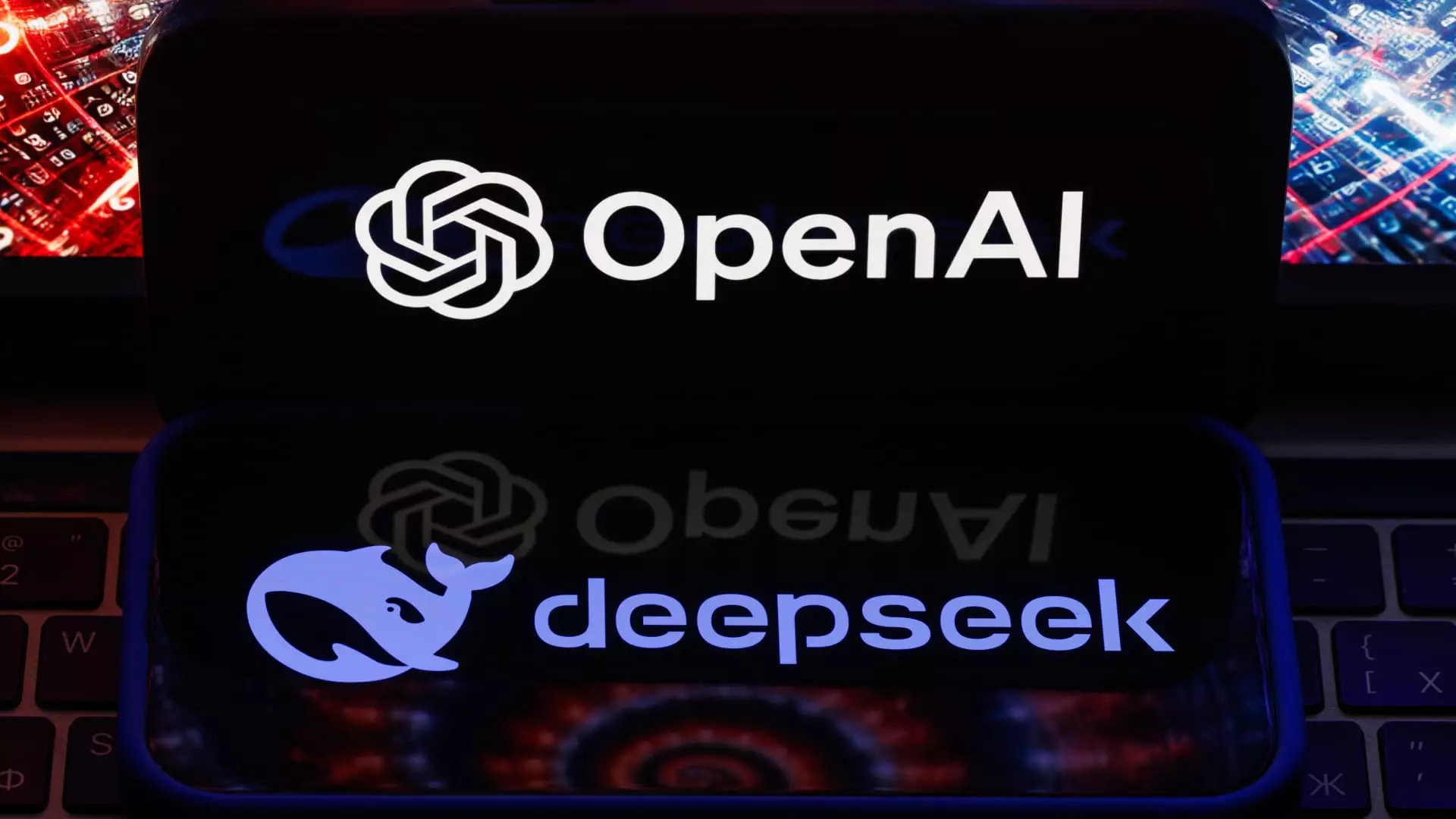The landscape of artificial intelligence (AI) is shifting dramatically, particularly in light of recent developments emanating from emerging players like the Chinese company DeepSeek. This article delves into the phenomenon of AI model distillation and the broader implications it holds for the tech industry and global market dynamics.
Understanding Distillation
At its core, distillation is a process that extracts knowledge from a larger AI model to create a more compact yet highly efficient version. The implications of this method are profound, as it democratizes access to advanced AI capabilities. Traditionally, developing sophisticated AI models has required substantial investment in terms of time and resources. However, through distillation, smaller developers can leverage existing models, learning from them in a manner similar to a student learning from a teacher. This not only accelerates the development process but also reduces the financial burden associated with creating top-tier AI solutions.
One compelling example of this newfound approach is illustrated by researchers at the University of California, Berkeley, who managed to replicate OpenAI’s reasoning model in a mere 19 hours at a cost of only $450. Such rapid advancements, made possible by distillation, empower academic and research institutions to compete with tech giants more effectively, thereby leveling the playing field in the AI arena.
The Competitive Landscape Shifts
The fallout from DeepSeek’s introduction of distillation capabilities has sent ripples across the tech industry, sparking concern among established players in Silicon Valley. As cited by Databricks CEO Ali Ghodsi, the “extremely powerful and extremely cheap” nature of this technique signals a shift towards increased competition in the realm of large language models (LLMs). Traditional strategies for model creation—characterized by exclusive investment and time-intensive research—are now under threat as more nimble and resource-efficient methods gain traction.
The competitive edge that established companies once enjoyed is being diminished. New startups can enter the market with innovative AI solutions at a fraction of the cost and time, which prompts established players to reassess their strategies. The essence of Silicon Valley’s innovation has always been its agility and capacity for disruption; however, distillation’s enabling of rapid advancements can bring even the most entrenched entities to the brink of obsolescence.
Crucially, the advent of distillation has found resonance with the open-source movement. As highlighted by industry leaders, the traditional closed-door research model is swiftly becoming antiquated. The belief is firm that innovation thrives in an environment that promotes transparency, collaboration, and accessibility. Startups such as Hugging Face are not only signaling the importance of this paradigm but are actively modeling it through their practices.
In fact, even industry veterans such as OpenAI have begun to reassess their closed-source strategies in response to DeepSeek’s disruptive capabilities. Sam Altman, CEO of OpenAI, has acknowledged the limitations of a non-transparent approach in an era where open-source projects can galvanize rapid momentum and build communities of users and developers. A shift toward more open methodologies is being recognized not just as beneficial, but essential for staying afloat in this rapidly evolving space.
The broader implications of distillation and the shift towards open-source are staggering. With lower barriers to entry, new players can continuously innovate, fostering a vibrant ecosystem where ideas can flourish. This can lead to breakthroughs that were once limited to those with major investments and infrastructure.
As AI technology becomes more accessible, we may witness an explosion of diverse applications and solutions tailored to various niches and industries. The unpredictable trajectory this innovation could take poses challenges, but it also presents unprecedented opportunities for growth and collaboration.
The essence of the ongoing transformation in AI signals not merely a technological evolution, but a fundamental realignment in how we perceive competition, innovation, and collaboration in the digital age. As we advance into this new era characterized by distillation and open-source principles, the stakes have never been higher. Those willing to adapt to this shifting landscape may find themselves at the helm of the next wave of AI breakthroughs, fundamentally reshaping the markets and industries they inhabit.


Leave a Reply